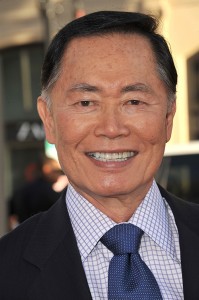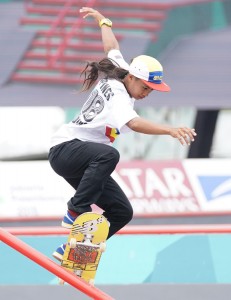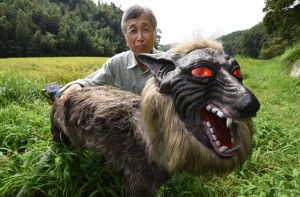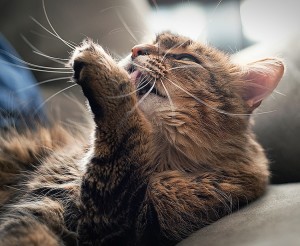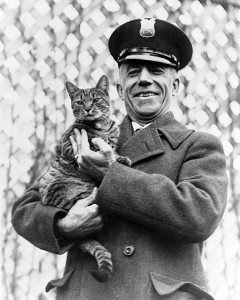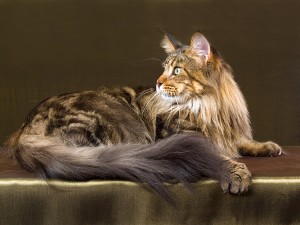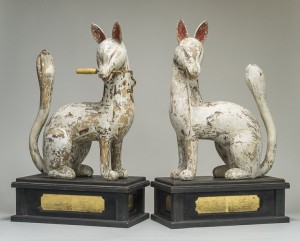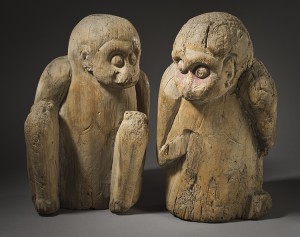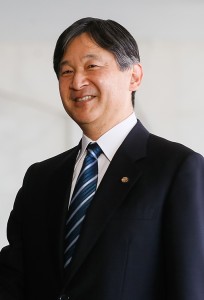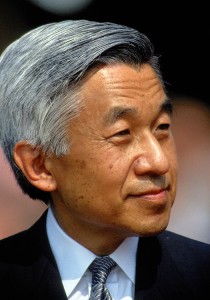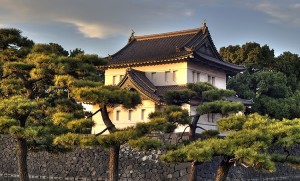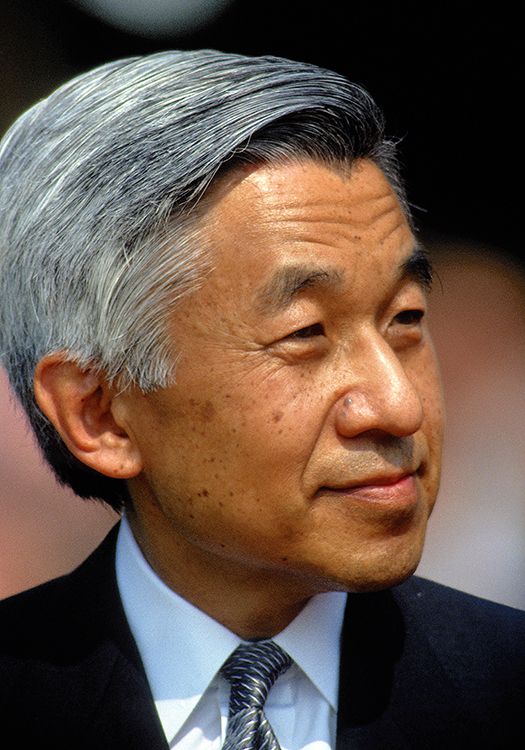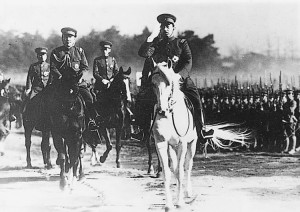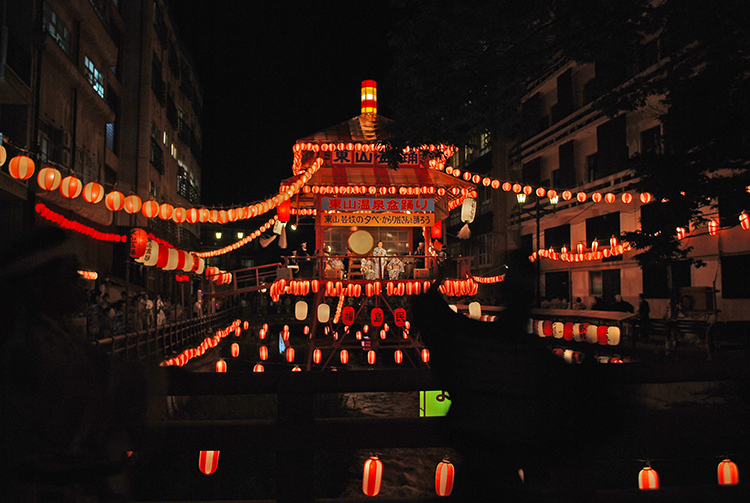Ledecky Passes Phelps
Thursday, August 3rd, 2023
U.S. swimmer Katie Ledecky competes in the women’s 800-meter freestyle race during the 2012 Summer Olympics. Credit: © Jae C. Hong, AP Photo
On Saturday, July 29, champion American swimmer Katie Ledecky won gold in the women’s 800-meter freestyle at the 2023 World Aquatics Championship in Fukuoka, Japan. She swam the event in 8 minutes and 8.87 seconds, winning her 16th gold medal at the world championships. This win passed a record she had tied with American swimmer Michael Phelps for the most individual gold medals at the world championships in history! Ledecky also became the first swimmer to win gold six times in the same event. She has also won gold seven times at the Olympics. Katie Ledecky has set world records in the women’s 400-meter, 800-meter, and 1,500-meter freestyle events. She is the gold standard of swimming!
Ledecky first gained international recognition in 2012. That year, at the age of 15, she became the surprise winner of the gold medal in the 800-meter freestyle at the Summer Olympic Games in London. She was the youngest American athlete to participate in the 2012 games.
Ledecky was a star of the 2016 Summer Olympic Games in Rio de Janeiro, Brazil. She won individual gold medals in the 200-meter, 400-meter, and 800-meter freestyle races. She also won a gold medal as a member of the 800-meter freestyle relay and a silver medal as a member of the 400-meter freestyle relay.
At the 2020 Summer Olympics in Tokyo, Ledecky won four medals. The 2020 Summer Olympics were postponed to 2021 due to the COVID-19 pandemic. She won individual gold medals in the 800-meter and 1,500-meter freestyle races. She also won silver medals in the 400-meter freestyle race and as a member of the 800-meter freestyle relay.
Ledecky won four gold medals at the 2013 FINA World Swimming Championships in Barcelona, Spain, and five gold medals at the 2015 championships in Kazan, Russia. World Aquatics, the governing body of swimming, was called FINA until 2022. At the 2017 championships in Budapest, Hungary, Ledecky won five more gold medals. She won another gold medal at the 2019 championships in Gwangju, South Korea. Ledecky won four more gold medals at the 2022 championships in Budapest, Hungary. Her total of 19 career gold medals at the World Swimming Championships is a record for women swimmers.
Kathleen Genevieve Ledecky was born in Washington, D.C., on March 17, 1997. She became a national swimming star in high school in Bethesda, Maryland. She set American records in the 500-meter freestyle twice, and the national high school record in the 200-meter freestyle twice. Following the 2016 Summer Olympic Games, Ledecky entered Stanford University on an athletic scholarship. In 2018, Ledecky announced that she was turning professional as a swimmer. Her decision meant she would be ineligible to swim in college events, but she would still be eligible for the Olympic Games.
Ledecky passed Michael Phelps for the most individual world title wins in swimming history. Phelps ranks as the most dominant and versatile competitor in the history of the sport. Phelps has set world records in five different individual events. He has also been part of relay teams that set world records. Phelps set an Olympic Games record by winning 28 medals. His winning 23 gold medals is also an Olympic record.

Michael Phelps of the Unites States competes in the butterfly leg of the Men’s 4×100 Medley Relay held at the National Aquatics Centre during Day 9 of the Beijing 2008 Olympic Games on August 17, 2008 in Beijing, China. The United States team won the gold medal with a world record time of 3:29:34
Credit: © Cameron Spencer, Getty Images
Phelps has also set a number of records at the FINA World Swimming Championships. At the championships in Barcelona, Spain, in 2003, Phelps became the first swimmer to set five individual world records in a single meet. At the 2007 championships in Melbourne, Australia, he won gold medals in all seven events he entered, setting five world records. At the 2009 championships in Rome, Italy, Phelps won five gold medals, setting four world records. In December 2016, Phelps announced his retirement from competitive swimming.

